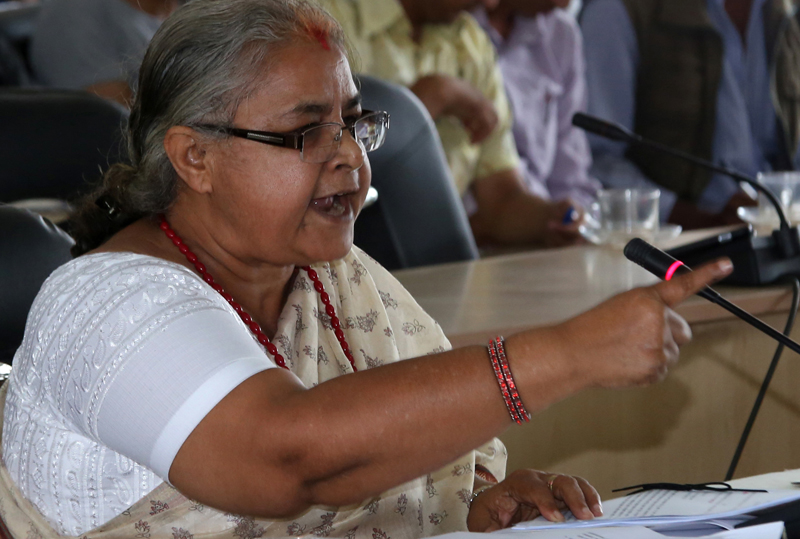
Some traditional knowledge used in seed production and planting
- Crop rotation: There is a practice of not planting crops in one year in the same place next year. This results in better crop yields, fewer insects and pests attack, and higher yields. E.g, When the banana is rotated with paddy or sugarcane we can control Panama wilt of banana to some extent.
- Mixed cropping: Mixed cropping can bring maximum benefits by making optimum use of land. Outbreaks of various diseases and insects can also be avoided. E.g, Blight of pulse crop can be overcome by growing pulse as a mixed crop with cereals like Sorghum and pearl millet.
- Intercropping: Intercrops should be properly chosen so that they should not have any common pathogen. E.g, Intercropping with moth bean in a cotton field reduced the root rot incidence in a bean.
- Summer ploughing: Ploughing the soil during summer months expose soil to hot weather which will eradicate heat-sensitive soil born pathogens.
- Flooding: Applying water to the cultivation area and making flooded for some time kills many harmful insects and also controls the emergence of weed.
- Mulching: Mulch act as soil coverings, conserve soil moisture, exclude many harmful pests and ensure good germination.
- Altering the time of sowing and planting: It helps to establish young plants to a tolerant stage before attacks occur, reduce the susceptible period of attack and help to mature crop before pest becomes abundant.
- When paddy seeds are sown by sprinkling gold water(sunpani) or soaking on water, paddy yield seems like gold and germinates quickly.
- While choosing or taking seeds of any crop, it is found that they are taken from well-grown places and from plants that are pointing downwards the ground due to higher yield.
- Sowing potatoes by cutting makes it more productive and use fewer seeds.
- It is customary to plant lentil in the boundary of the paddy field that attributes nitrogen in the soil and help to take benefit from the proper use of the land.
Some traditional knowledge used in crop protection
- Centipede(sayepatri in Nepali), basil(tulsi) and Babri (babari) when planted between any crops it acts as a trap crop and control insect and pest attack.
- A solution of Artemisia vulgaris(titepati), Neem leaves and Angels trumpet(dhokre phool) when sprayed on paddy seed it can be protected from all kind of disease.
- If porcupine(dumsi) damage any crops especially maize, potato, it is customary to leave goat in the crop field, the smell of goat urine and manure make it never come field.
- To protect crops from wildlife, fences are made up of cactus (siudi) thrones plants and to save from birds and insects scarecrow are made in the field.
- For night(Ratey) disease in paddy, it is customary to keep the bark of jackfruit in the water source.
- Spraying cow urine, solution of ashes and water in crops are common practices that minimize insects pest attack.
- Water used to clean fish, when applied on cucumber plants insect and pest can be control and higher yield will be obtained.
- Intercultural operation in ginger is not done in the rainy season because the soil is eroded and it ultimately results in fewer yields.
- By planting Dhokre phuool in tomato fields ants, termites and other diseases can also be controlled.
Some of the traditional knowledge used in crop storage
- When the corns are well dried in the sun, it can be protected from mice by making round layers placing one layer of ash and another layer of corn and so on.
- Grains and legume can be stored long time free of insect and pest by mixing it with cooking oil and covering with millet also help it.
- Bhakari( effective storage materials), when wrapped with plastic can prevent the outbreaks of rats and even if we use neem leaves it doesn’t attract insects.
- For storage of dry seedlings, they are kept in utensils made up of mud, ashes and seedling are mixed and covered making them airtight that helps in storage for a long time.
- Green leafy vegetable, cauliflower, cabbage, radish, bamboo are finely chopped and dried in the sun and kept in airtight utensils which can be later used as a vegetable.
- Ginger can be stored for a long time by digging holes in the soil where straw, ash is mixed to it.









Facebook Comments